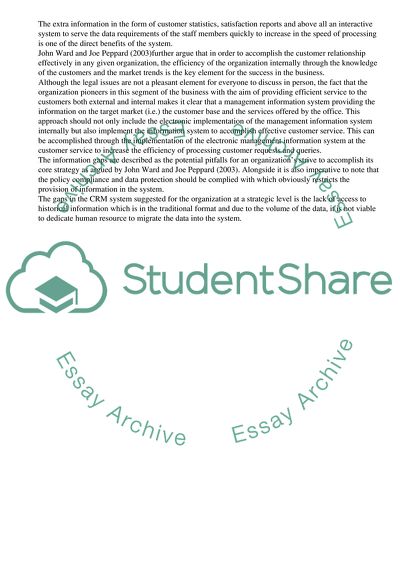Cite this document
(“Suggested Improvements to the Information Strategy Term Paper”, n.d.)
Suggested Improvements to the Information Strategy Term Paper. Retrieved from https://studentshare.org/management/1703756-managing-information
Suggested Improvements to the Information Strategy Term Paper. Retrieved from https://studentshare.org/management/1703756-managing-information
(Suggested Improvements to the Information Strategy Term Paper)
Suggested Improvements to the Information Strategy Term Paper. https://studentshare.org/management/1703756-managing-information.
Suggested Improvements to the Information Strategy Term Paper. https://studentshare.org/management/1703756-managing-information.
“Suggested Improvements to the Information Strategy Term Paper”, n.d. https://studentshare.org/management/1703756-managing-information.


